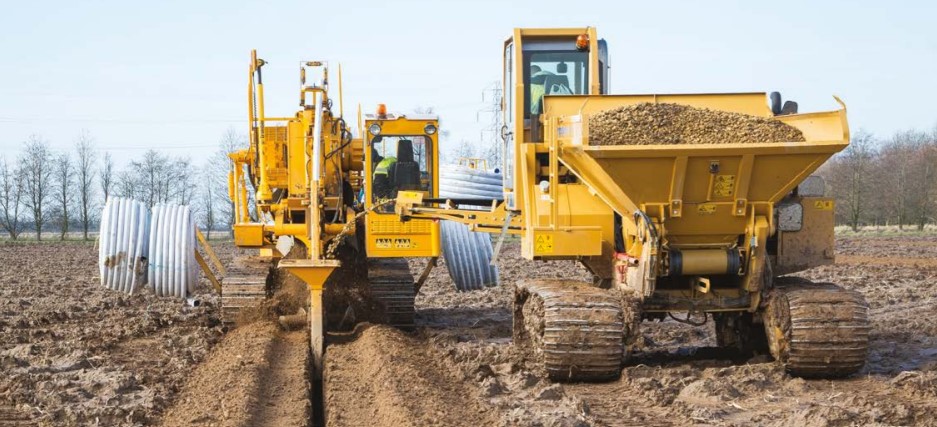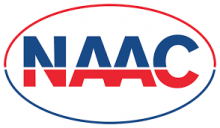Field drainage is installed to rapidly remove excess soil water to reduce or eliminate waterlogging and return soils to their natural field capacity. Drains can be used to control a water table or to facilitate the removal of excess water held in the upper horizons of the soil.
The principles of field drainage are set out in the AHDB's Field Drainage Guide.
ADAS publication: The design of field drainage pipe systems (1982)
This publication provides the essential design elements for determining the pipe size required for agricultural and horticultural field drainage systems, whether the pipes are used for laterals, mains, interceptors, piped ditches or culverts. Additional design considerations may be required for specific problematic soil and water conditions, such as for use on restored land.
The design of field drainage pipe systems (2 MB)
ADAS publication: Technical Note on Workmanship and Materials for use with Land Drainage Schemes Works (1995)
The purpose of this Technical Note is to provide guidelines on the standards of workmanship and materials which are considered suitable in respect of the installation of land drainage schemes. It is not intended to be a complete specification. Because of geographical differences it is not practicable to lay down inflexible standards which can be applied to all schemes.
This Note summarises minimum acceptable standards but higher standards may be necessary in particular cases, for example where a statutory body may have an interest.
Technical Note on Workmanship and Materials for use with Land Drainage Schemes Works (4 MB)




